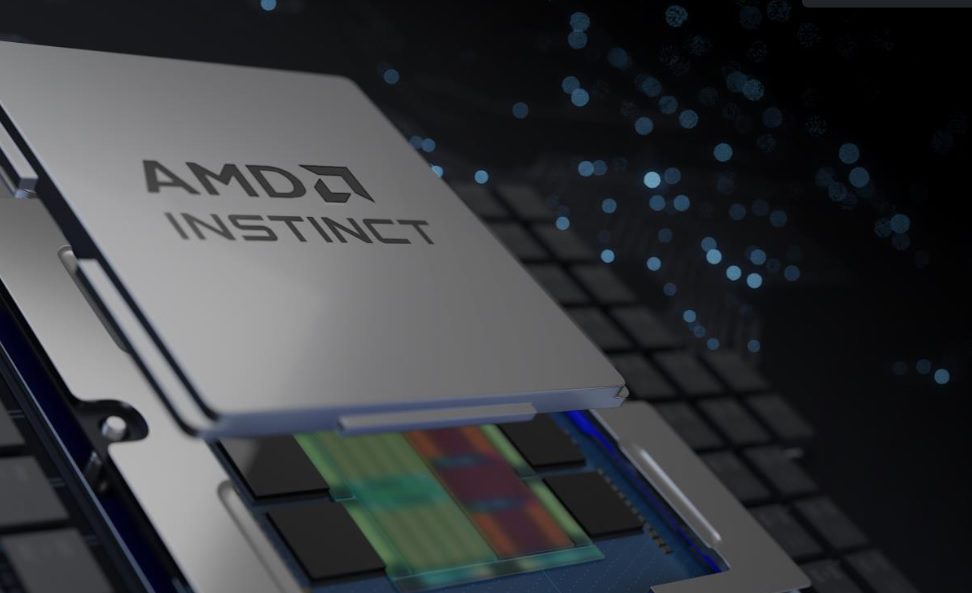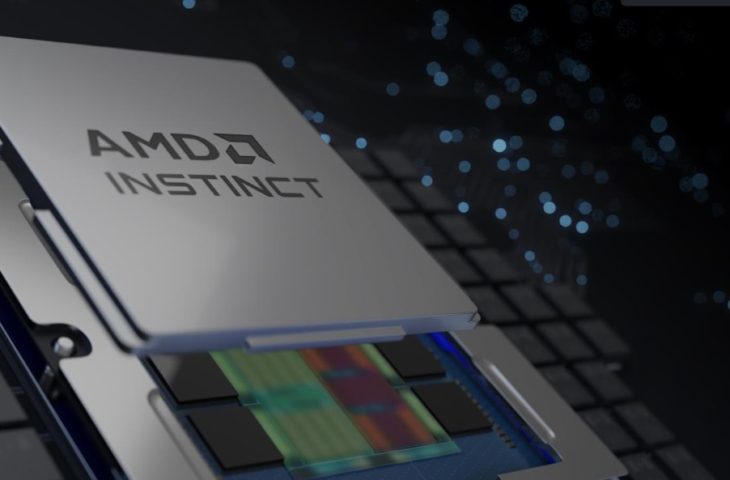AMD plans to separate its professional GPU architecture from the architecture focused on data centers and HPC. The two architectures will eventually merge back into a universal whole.
AMD plans to merge its architecture for GPUs in data centers with the corresponding architecture for consumers and gamers. The company announced this at the IFA. In 2019, AMD will follow the Graphics Core Next (GCN) architecture with RDNA for the Radeon cards on the one hand and CDNA for professional accelerators such as Instinct on the other.
Goal-oriented innovation
The reasoning at the time was as follows: gamers and consumers have different requirements for their GPU than users in the context of a data center or HPC workload. With the division, AMD wanted to optimize each architecture in detail for the target group.
That’s not a bad idea in itself, but it has left AMD under-equipped to fight Nvidia. That hereditary enemy uses a merged architecture for everything from GeForce to H100 and added CUDA seventeen years ago. CUDA provides developers with a universal software layer to work with, allowing Nvidia to build a strong ecosystem supported by millions of developers.
More work, less market share
AMD, on the other hand, is demanding more from developers with the split, while having a worse market position. This makes it very difficult to compete with CUDA. AMD now realizes that good hardware is only half the problem: a product stands or falls with the software and the associated ecosystem.
For this reason, RDNA and CDNA will grow closer together again to soon produce the successor UDNA. Just like with CUDA, the U stands for Unified. It is unclear when the merger will be completed. After all, AMD does not want to suddenly create compatibility problems across generations.
Developer friendly
In the long term, UDNA, like CUDA, must ensure that developers can work with one software layer for all AMD GPUs. In this way, the manufacturer hopes to attract more developers and better compete with Nvidia.
Market share is currently the core of AMD’s GPU strategy. The manufacturer will even ignore premium GPUs so that the consumer market focuses on the mid-range segment. AMD hopes to have more customers using all UDNA products within a few years. One system for many: developers like to hear that too.














